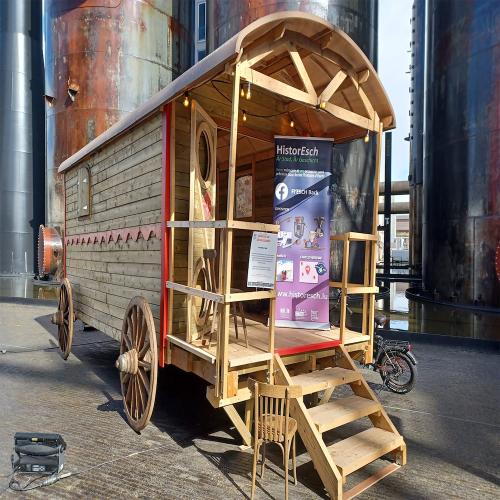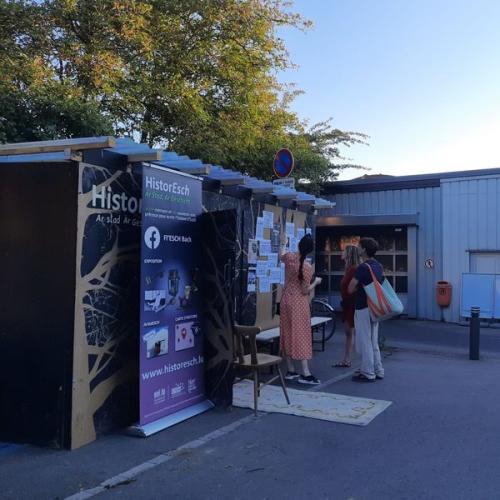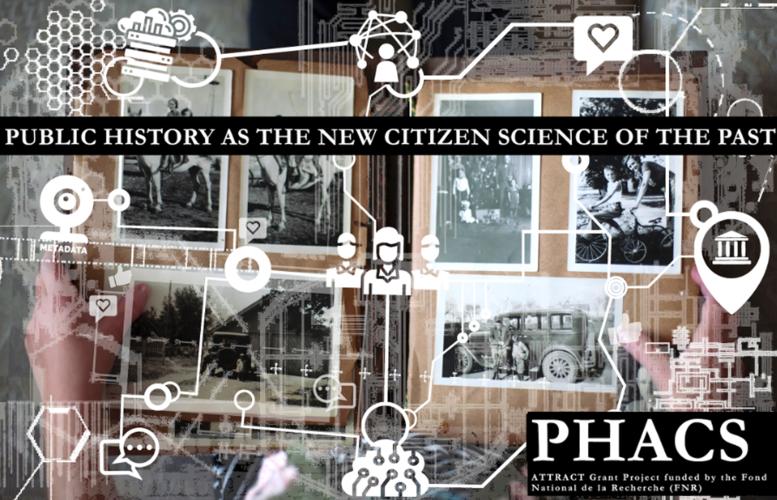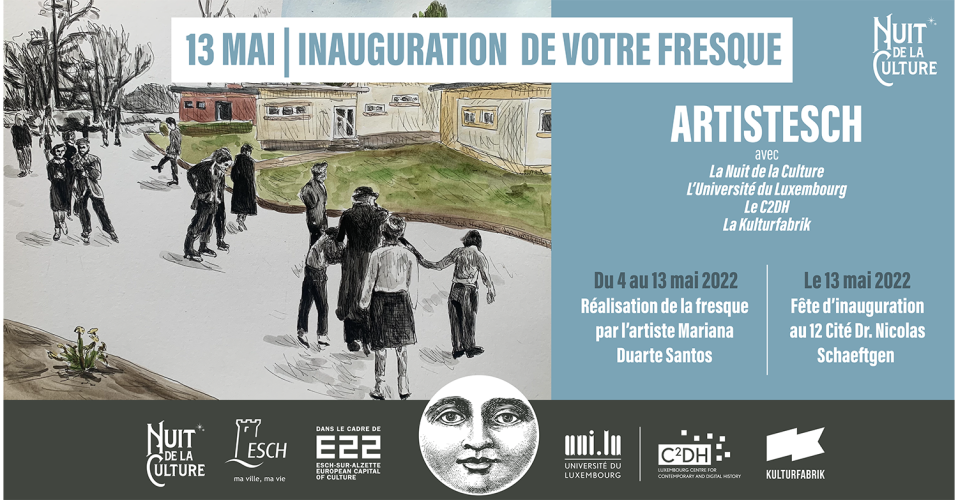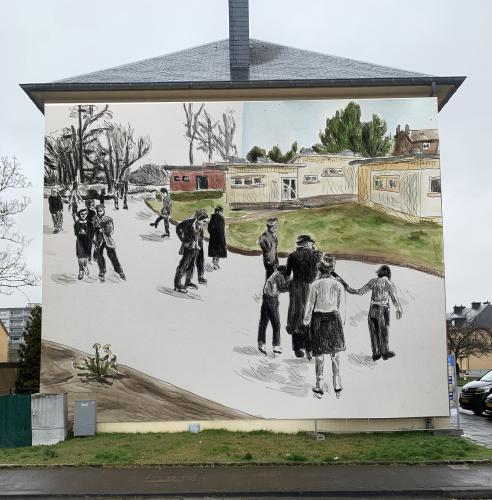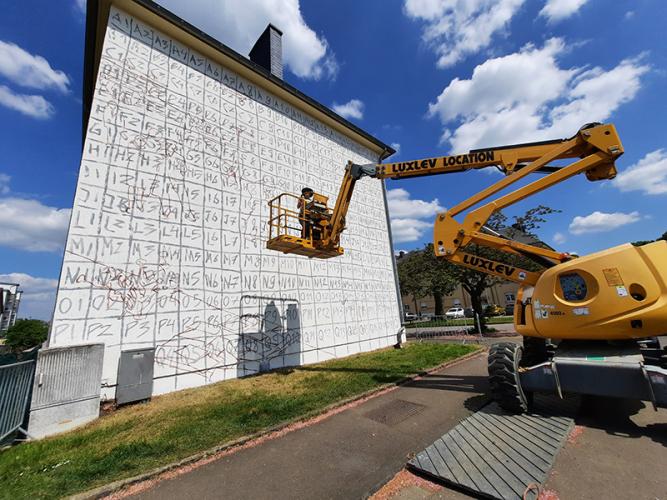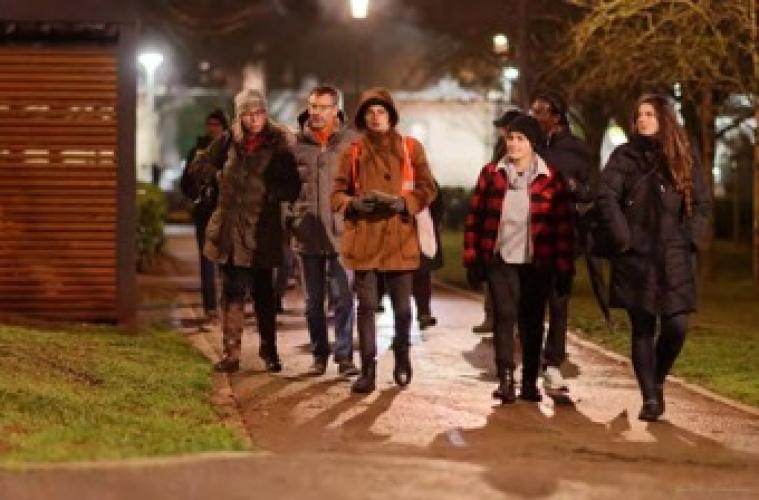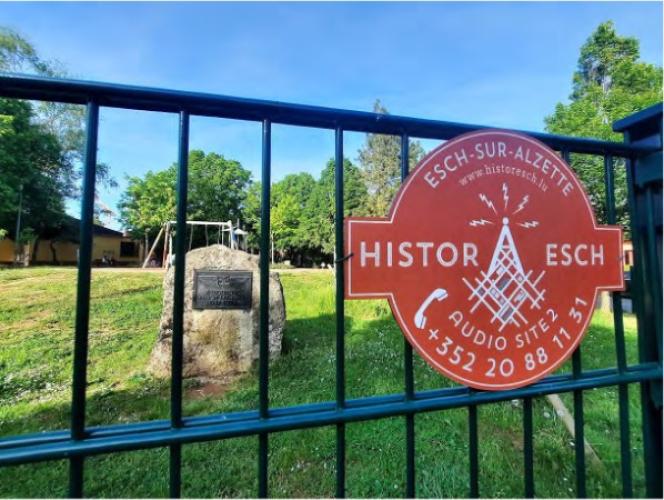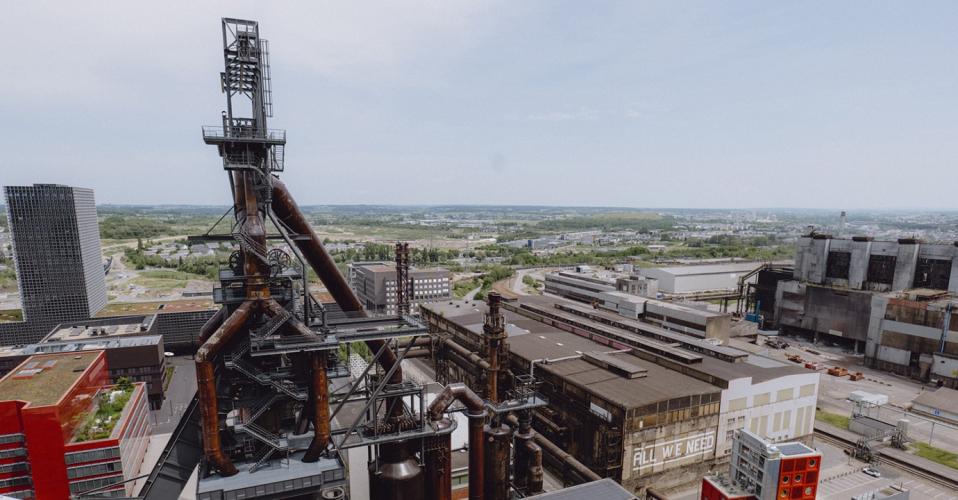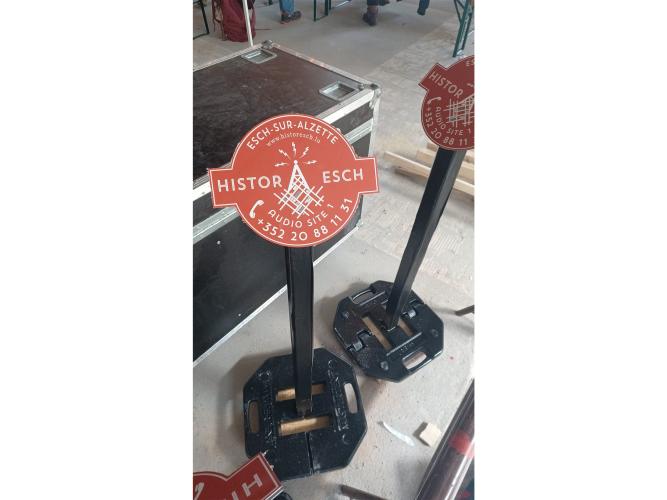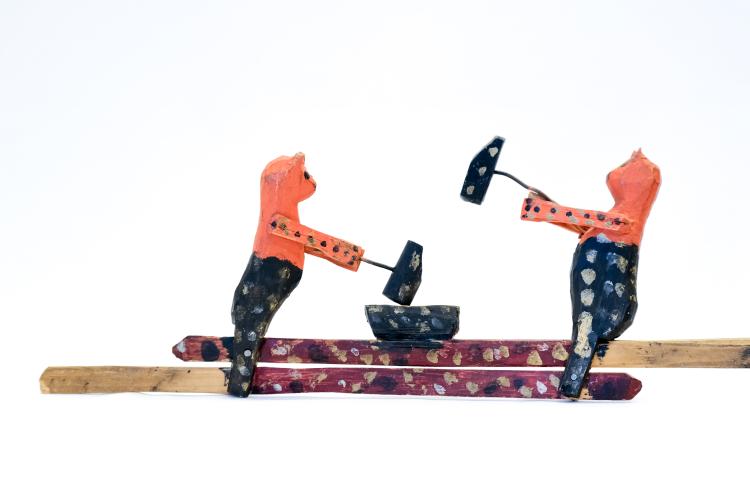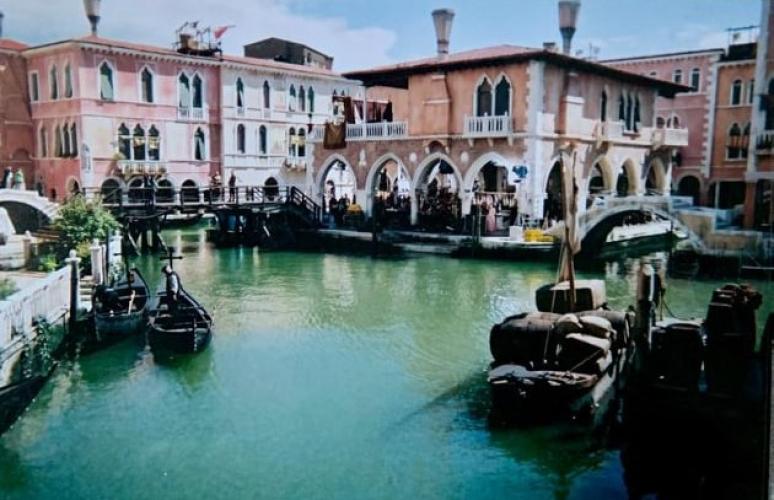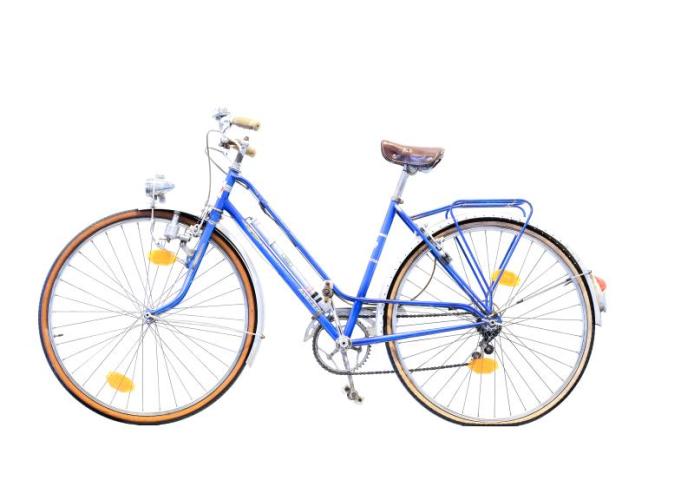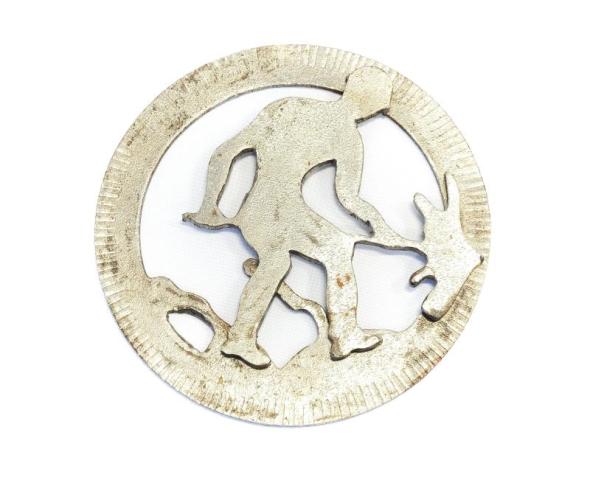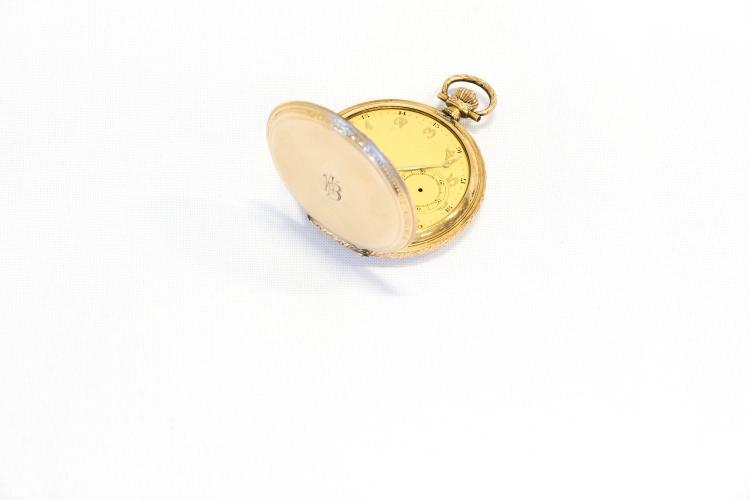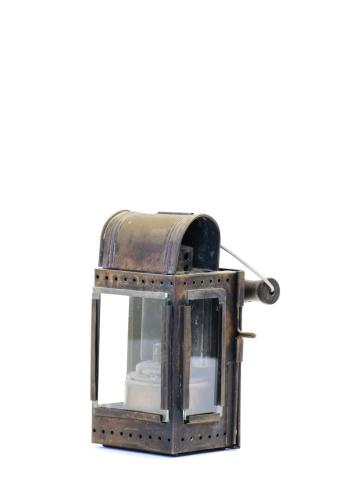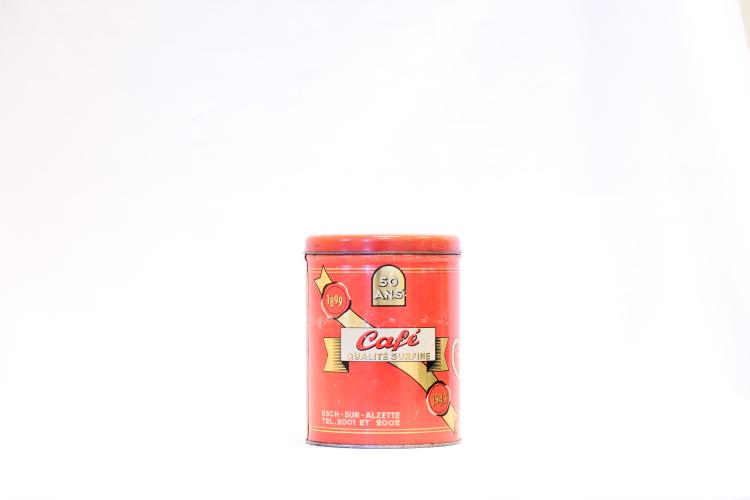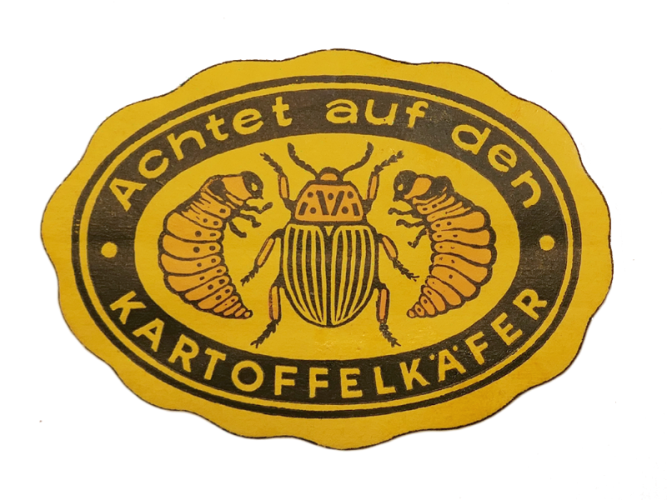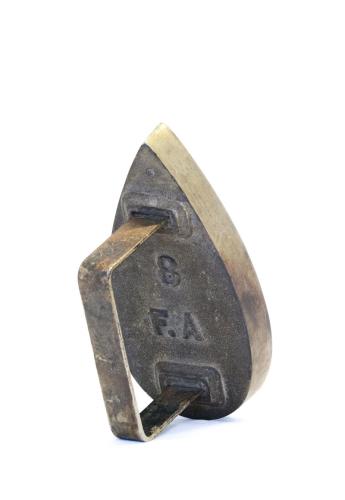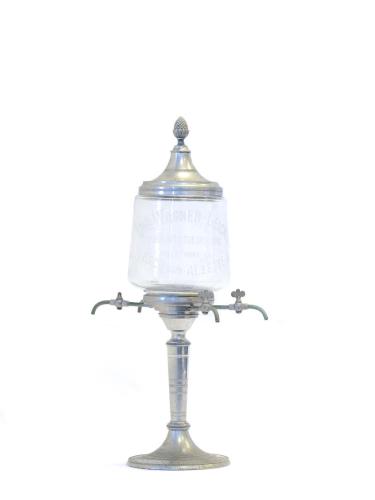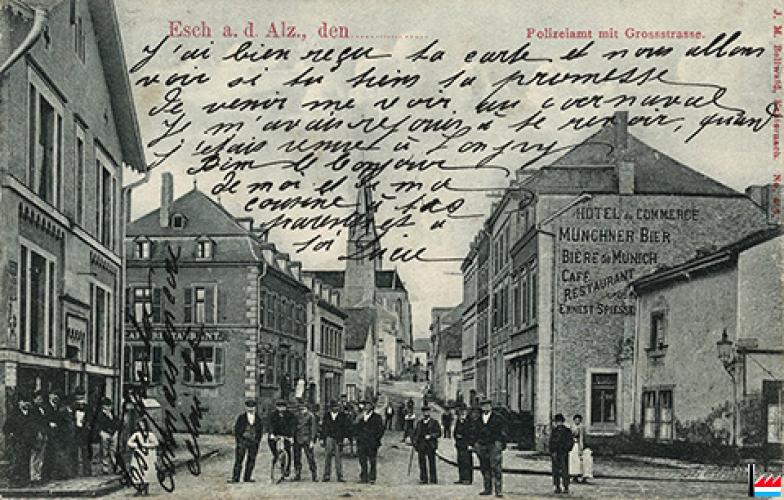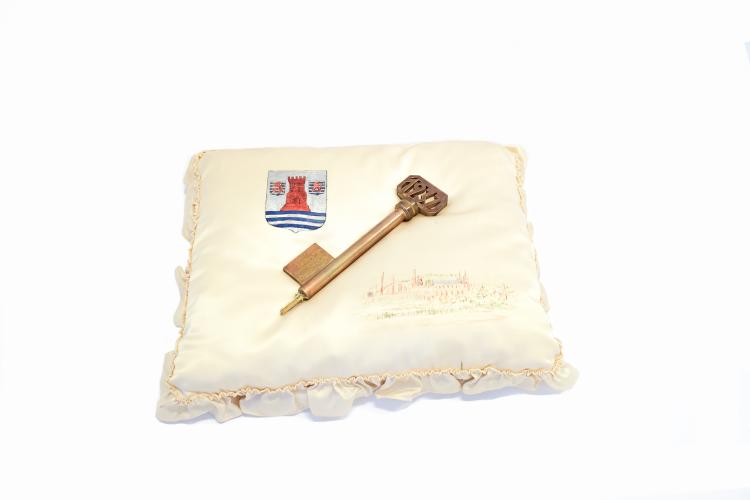Thomas Cauvin, head of the “Public History and Outreach” research area, and Joëlla van Donkersgoed, a post-doctoral researcher at the C²DH, spoke to Hanna Siemaszko, the producer of the SciLux podcast on science in Luxembourg, about the challenges of the “HistorEsch” public history project.
Writing the history of the town of Esch-sur-Alzette
Writing the history of the town of Esch-sur-Alzette – and telling its many stories in the process. That is the aim of the HistorEsch project, which uses a democratic, participatory strategy to involve the public in piecing together an inclusive history of the town.
Together with local partners like the Nuit de la Culture, the Kulturfabrik and the municipal council, the HistorEsch team, led by public history expert Thomas Cauvin, actively engages the residents of Esch in various public history initiatives promoting interactions between academics and local associations and institutions.
HistorEsch is part of the wider project Public History as the New Citizen Science of the Past (PHACS), funded by an FNR ATTRACT research grant and Esch2022.
Collaborative urban art in Lallange
The first project was an urban art collaboration together with Nuit de la Culture (our main local partner for each project) and Kulturfabrik, a local cultural center already experienced in producing street art in the city. The goal of the project was to create a visual representation of the local history of the neighborhood Lallange, which was constructed to house the working class. After receiving approval for the location, each creation phase was guided by the input of the community members. They sent in (old) photographs of the neighborhood and conceptualized the themes important for their local history. Based on their online and in-person input (during two community events and a walking tour), the Portuguese artist Mariana Duarte Santos created 6 sketches. Residents voted on their favorite sketch, and their comments about the winning sketch were implemented in the final fresco. This design was one that was truly based on their preferences: how the neighborhood of nature with ice-skating (no physical evidence, purely based on memories) was turned into an asphalt residential area with the characteristic houses. At the reveal, the involved residents beamed to see how the fresco truly represents “their neighborhood” and how they envision its past and present.
Audio tour bringing back “hidden histories”
The second project aimed to bring “hidden histories” back into the streetscape through audio tracks accessible through a local phone number. This implementation is based on the US-project HearHere by Ariel Beaujot, where it was used to insert narratives from the Native American communities into the street. Our sites are inspired by our community encounters, highlighting social histories that are underrepresented or to show the importance of sites to the community. For example, the first example is the blast furnace C which is currently at the center of the campus of the University of Luxembourg. Mr. Gales explains how he perceived this construction as a monster when he first encountered it, how it nauseated him to think about climbing it, and how it remained a focal point for him after retirement until it was sold and shipped to China.
A participatory exhibition in Esch
The third project was a result of a year of community engagement and crowdsourcing, collecting images of (family) objects that represent the history of the city. This particular project shows our implied bias, as we understand from our experience and education how objects embody the past and can bring history closer to the public. Through our online platforms and in-person workshops, we received over 100 submissions. These were categorized by our community members into 4 categories, and placed for popular vote to determine which objects would be featured in a free exhibition in the shopping street in the city. The exhibition proved to be very successful in conveying a sense of familiarity with the past across ages and demographics. The objects on display were familiar, the stories were once they recognized themselves in, and one visitor remarked that “this is the only project in Esch22 that I understand and I feel recognized in as an Escher”.
Public History as the New Citizen Science of the Past (PHACS)
The Histor'Esch is part of the PHACS project which develops public history and participatory models for interpreting the past thanks to an Luxembourg National Research Fund (FNR) ATTRACT fellowship endowed with 2 million euros over five years.
Media coverage
- Exposition participative / Le tour d'Esch en 25 objets - TAGEBLATT, 17 Sep. 2022
- Exposition «Histor Esch», LETZEBUERGER VOLLEK - 15 Sep. 2022
- 25 Objekte erzählen 25 Escher Geschichten - LUXEMBURGER WORT, 6 Sep. 2022
- Campus Connection: UW-L's Hear, Here project is now in Europe - La Crosse Tribune Online, 25 Avr. 2022
- L'histoire d’Esch au bout du fil - TAGEBLATT, 9 Avr. 2022
- HistorEsch / Moisson de souvenirs et d'objets: L'histoire d'Esch par ses habitants - TAGEBLATT, 7 Mar. 2022
- La chasse aux souvenirs / L'histoire publique à la conquête des quartiers d'Esch - TAGEBLATT, 15 Nov. 2021
- Une récolte de souvenirs - TAGEBLATT, 15 Nov. 2021

